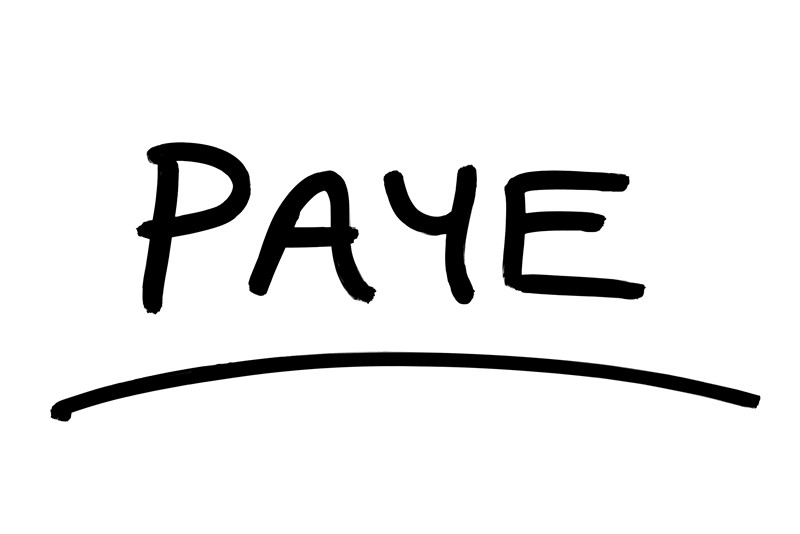The Disclosure and Barring Service (DBS) is an executive non-departmental public body sponsored by the Home Office. The DBS helps employers across the public, private, and voluntary sectors make safer hiring decisions by identifying individuals who might not be suitable for certain roles, particularly those involving children or vulnerable adults. Additionally, the DBS maintains the Adults’ and Children’s Barred Lists. The DBS checks are used across England, Wales, the Channel Islands and the Isle of Man.
There are four types of DBS checks, and each type results in the issuance of a DBS certificate to an individual. Employers are allowed to request to see this certificate in order to confirm that they are hiring suitable candidates.
The four levels of DBS check are:
- Basic DBS check
- Standard DBS check
- Enhanced DBS check
- Enhanced with Barred List(s) DBS check
The DBS also offer an Update Service that allows:
- applicants to keep their DBS certificates up to date
- employers to check a DBS certificate
The service is for standard and enhanced DBS checks only.
In order to use this service, a subscription is required. It costs £13 per year, and you can pay by debit or credit card. There is no charge for volunteers or for those living in Guernsey, Jersey or the Isle of Man.







